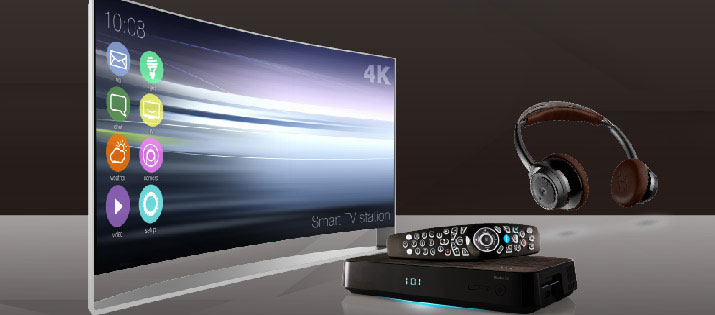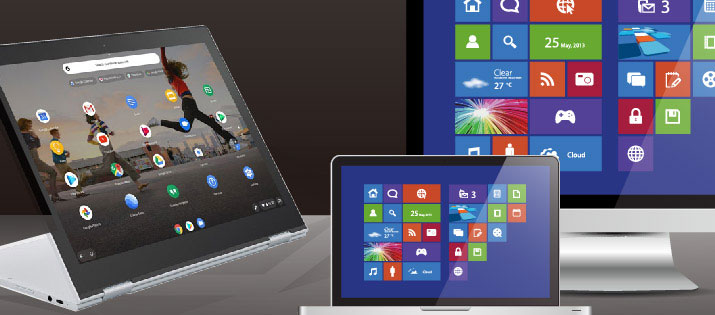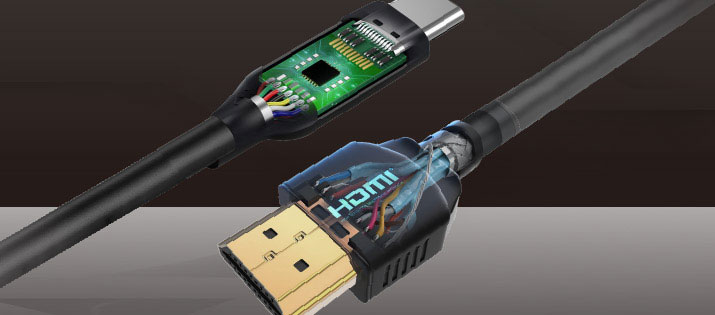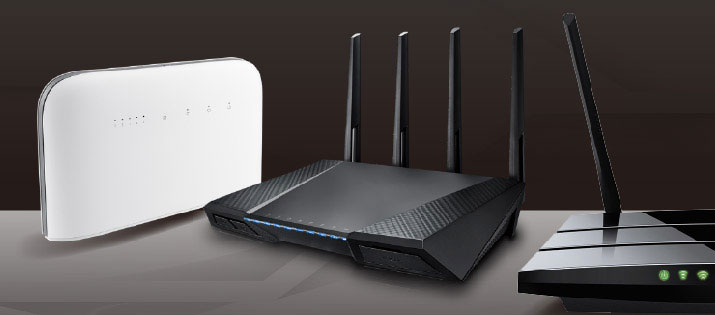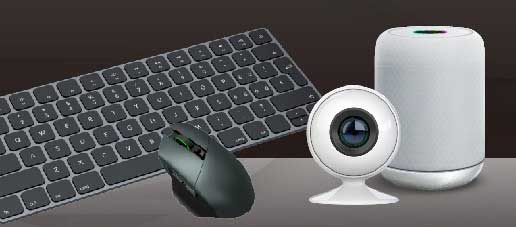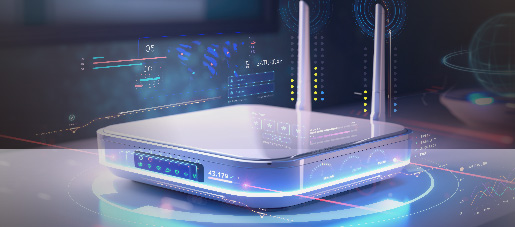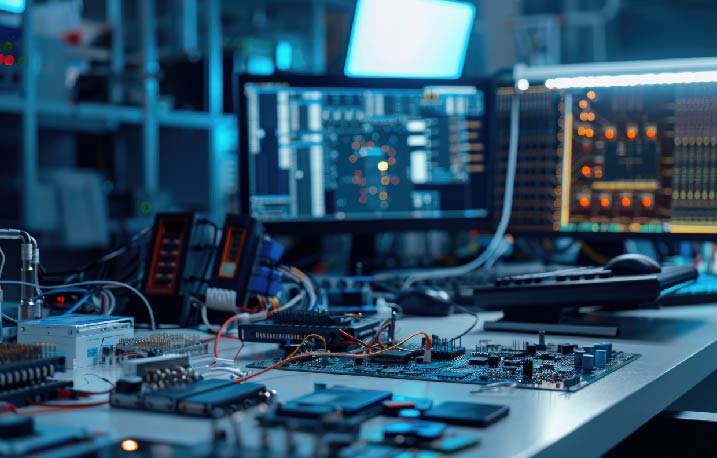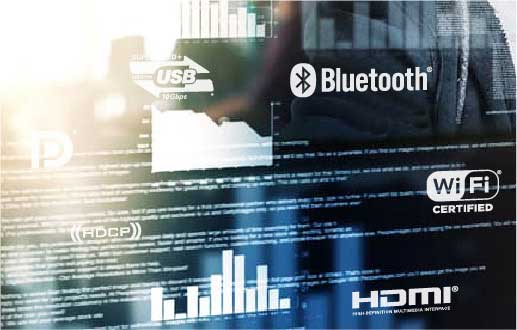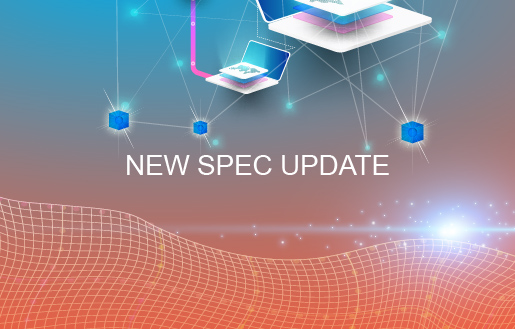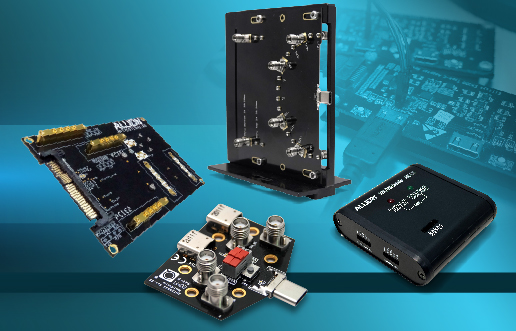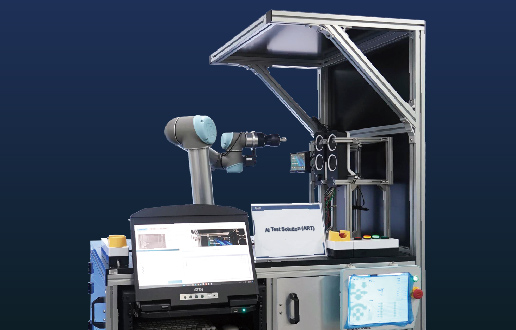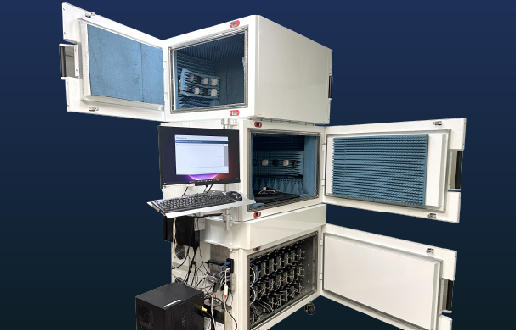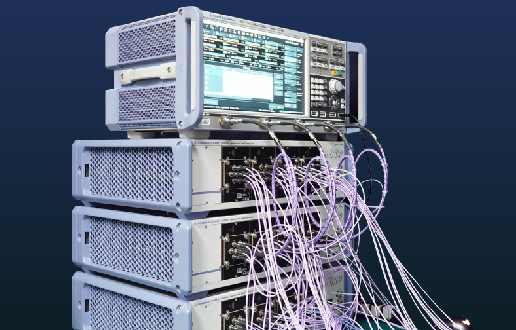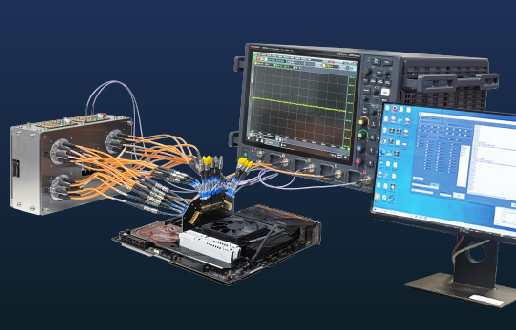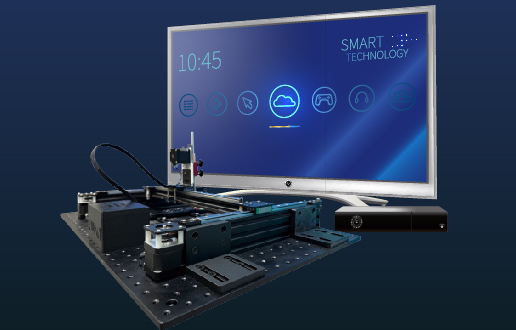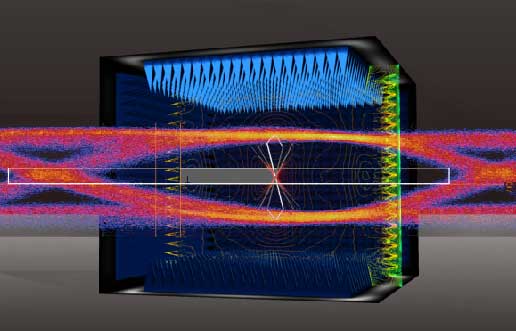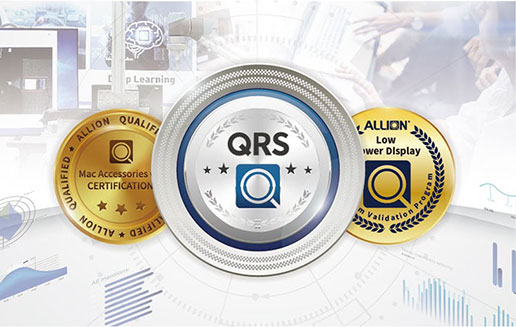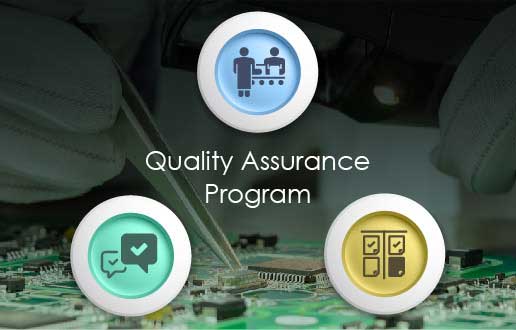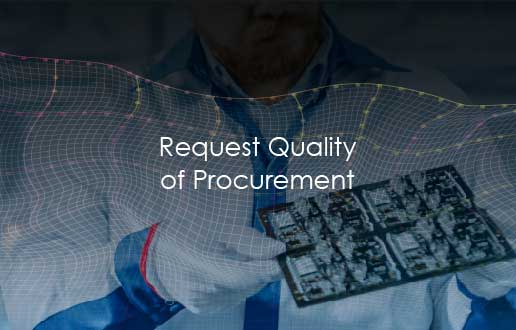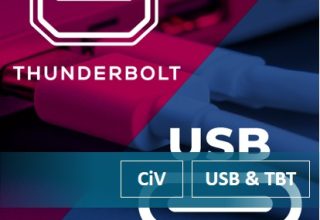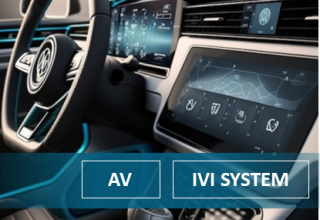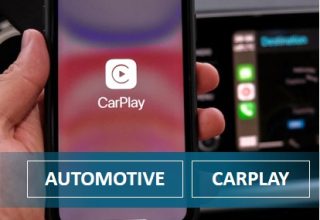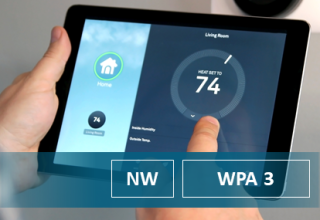With the rapid development of Artificial Intelligence (AI) and the Internet of Things (IoT), the digital transformation and automation processes across various industries are advancing at an astonishing pace. Today, businesses face challenges in designing and operating technological systems that go beyond just the technology itself, but also include complex external factors such as hardware infrastructure, third-party software, and accessories. These systems often require more precise designs and high stability, as even the smallest issue can severely impact overall business operations.

POS Application Environment and Client Needs
Taking this current case study as an example, the client is a global leader in IT services and digital solutions, committed to providing advanced technical support across various industries. However, the company encountered a technical issue with the POS (Point of Sale) terminals and card readers they developed, which not only affected internal operational efficiency but also caused inconvenience for customers and disruptions to business operations.
Specifically, the company’s POS terminals and card readers often faced issues with unstable connections, particularly during the checkout process. Whether for credit or debit card transactions, connection problems could prevent the completion of transactions. For the client, this issue not only caused business delays but also risked customer attrition. To identify the root cause and resolve the issue, the client sought Allion’s consulting services and technical support.
Client Background and Challenges
The main challenge faced by the client’s technical team was that “the connection between the POS terminal and the card reader often gets interrupted, preventing customers from completing transactions smoothly.” When the POS terminal and card reader are connected via a USB-C to A cable for data transmission, any slight touch or movement of either device during the checkout process causes the POS terminal to detect a connection interruption, preventing the checkout operation from continuing.
This issue is a systemic fault, affecting both new and old equipment alike. When a connection interruption occurs, the client’s technical staff is unable to clearly identify the root cause of the failure. Additionally, the equipment itself does not display any clear error messages, and the occurrence of the fault seems random and irregular, making it extremely difficult to accurately diagnose the problem.
To avoid business losses caused by equipment failures, the client sought to thoroughly analyze and clarify the specific cause of the issue from a technical perspective in order to find an effective solution.
Solution
To effectively address the client’s technical challenges, Allion provided a comprehensive problem analysis and solution proposal through its consulting services. The complete process is as follows:

Problem Analysis Process
First, the Allion consulting team engaged in multiple rounds of communication with the client. Through a systematic problem breakdown approach, they gathered extensive on-site data and usage scenarios (including details such as the equipment’s operating environment, usage context, design, and specifications). This allowed them to accurately pinpoint the root cause of the issue, conduct a detailed analysis and diagnosis, and gradually gain a full understanding of the problem.
Initial Information Gathering and Problem Description
The client reported connectivity issues between the POS terminal and the card reader, particularly during the checkout process when disconnections frequently occur. Although the equipment connection cable is securely plugged in, every time the card reader is slightly touched or moved during the card swiping process, the POS terminal’s disconnection detection feature often detects a connection loss with the card reader.
The client further explained that stable data transmission between the POS terminal and the card reader is crucial. When issues occur, even though the USB connection cable appears to be functioning normally, any minor physical contact or movement causes the problem to recur.
In-depth Exploration and Problem Breakdown
After a series of discussions and inquiries with the client, the Allion consulting team gradually gathered more key information. For instance, the detailed specifications of the USB-C to A cable, typical power supply from the USB port, and the card reader having an internal backup power source, similar to a mobile phone charging battery. Additionally, from the detailed information about the usage environment, it was found that the POS equipment was mostly operated in department stores, exposed for long periods to varying temperature and humidity conditions, which could also affect the stability of the connection.
Through a series of problem checks, Allion progressively ruled out potential causes and focused on determining whether the connection was restored, pinpointing where the problem occurred (POS terminal or card reader), ensuring consistency between equipment and versions, and checking for any previous problem analysis data and equipment replacement records.
Problem Diagnosis
Based on the analysis, Allion initially identified the fault point as the connection cable and hypothesized two possible causes for the issue:
- The connectors of the cable may have poor contact.
- The cable might have internal damage or breakage due to frequent bending.
Experiment Design
To better understand the root cause of the problem, Allion conducted several relevant tests, as outlined below:
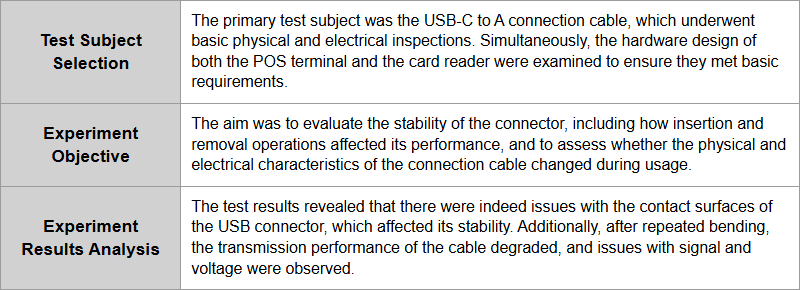
Root Cause Analysis
After detailed experiments and data analysis, we identified that the root cause of the issue lies in the quality of the USB connection cable. The specific reasons are explained as follows:
Connector Design Defects
- The height of the contact terminals in the USB connector is too low, leading to poor contact during insertion and removal. This issue becomes more severe with repeated plugging and unplugging or when the device is moved, ultimately resulting in signal loss or interruption of data transmission.
- The material selection for the EMC Spring Finger (electromagnetic compatibility spring contact) in the connector is inappropriate, and its strength is insufficient. Over time, this results in cracking or poor contact due to prolonged use.
Cable Quality Issues
- The internal structure of the USB connection cable does not meet the required specifications, especially after repeated bending. This results in changes to the cable’s physical properties, causing signal transmission anomalies. Our testing also revealed that when the cable is bent at excessive angles, there is a significant voltage drop, which affects the stability of the current and leads to unstable data transmission.
- During strength testing, external pressure (such as manual pulling) causes damage to the internal conductors of the cable, further exacerbating the signal interruption issues.
Specific Solution Recommendations
To effectively address the current issues and enhance overall performance and stability, Allion, based on in-depth problem diagnosis and analysis, has developed a series of practical and feasible solutions for the client, as outlined below:
- We recommend that the clent choose USB connectors with properly standardized contact terminal heights and higher stability to ensure reliable contact even after prolonged use.
- Improve the material selection and structural design of the EMC Spring Finger (electromagnetic compatibility spring contact) to enhance its wear resistance and durability, preventing issues during the long-term plugging and unplugging process.
- We suggest replacing the power cable with a thicker gauge (e.g., upgrading from AWG24 to AWG22) to reduce voltage drop and ensure stable current transmission.
- Optimize the internal structure of the cable by selecting more suitable fillers and conductor materials to improve the cable’s durability and transmission stability.
- We recommend that the client strengthen the structural integrity of the cable by designing more robust outer casings and internal structures, reducing the impact of external forces on the cable, and enhancing its overall durability.
Implementation Benefits
Through Allion’s precise analysis and solutions, the client successfully resolved the issue of unstable connections between the POS terminal and the card reader, significantly enhancing the stability and reliability of their equipment. This improvement not only enhanced the customer’s user experience but also reduced maintenance and replacement costs caused by system failures. More importantly, this collaboration equipped the client with more preventive measures for similar technical challenges, fundamentally improving the quality standards of product design and production.
Time to Market with Quality! Allion Creates a Path to Success for Your Products
In addressing the connection issues between the POS terminal and the card reader, Allion’s consulting team applied the three core principles of Faster, Easier, Better to provide the client with an efficient and sustainable solution. Not only did we successfully resolve the current technical problems, but we also improved the system’s operational efficiency, bringing added business value to the client.
Faster
In solving technical issues, time is a critical factor for clients, as business disruptions directly impact operational efficiency and customer experience. Allion significantly reduced the time required to resolve the issue through efficient problem diagnosis and solution processes. Specifically:
Rapid Problem Identification
Through effective communication with the client, Allion quickly initiated the problem diagnosis process, rapidly refining and precisely identifying that the devices and connection cables were the primary root causes, thus greatly shortening the time needed for the client to resolve the issue.
Fast Experimentation and Robust Testing Environment
Allion’s engineering team conducted multiple rounds of experiments on the connection cable issues, utilizing a well-established testing environment to accelerate the diagnosis. This allowed the team to help the client quickly identify the root cause of the problem and generate results in a short time, facilitating swift improvements.

Rapid Solution Implementation
Once the root cause of the problem was identified, Allion quickly proposed and implemented a solution. After the client switched to higher-quality USB cables and improved connector designs, they immediately experienced a significant boost in system performance. Allion’s swift response not only resolved the immediate issue but also rapidly extended the solution to other areas of the client’s operations, enhancing overall operational efficiency.
Easier
To reduce the complexity of operations for the client’s technical team and lower subsequent maintenance costs, the solution implementation not only had to be quick but also simple and easy to execute. Therefore, Allion placed special emphasis on the convenience of execution when designing the solution, ensuring that the client could manage and maintain the system with greater ease.
Simple Upgrades and Replacements for Connectors and Cables
- Allion recommended that the client use higher-quality, easy-to-replace connectors, which would minimize the need for extensive technical support and reduce costly repairs.
- The solution provided by Allion did not require major upgrades or changes to the existing POS machines or card readers. The relatively simple upgrade process allowed the client to resume operations in the shortest time possible.
Streamlined Maintenance Process
After implementing Allion’s recommendations, the client now enjoys a more stable and durable system. With simplified daily maintenance frequency and reduced complexity, the overall operations have become much easier. Technicians no longer need to deal with frequent equipment failures or repeated repairs.
Better
Allion not only solved the current problem but also fundamentally enhanced the system’s quality and performance, creating long-term service value for the client.
Higher Stability and Reliability
By selecting higher-quality USB connectors and durable cables, the connection between the POS machine and card reader is no longer easily affected by minor touches or movements, significantly reducing connection interruptions. After the upgrade, the stability and reliability of the client’s system were greatly improved, resulting in a substantial enhancement of the user experience.
Higher Transmission Speed
With improvements in the cables and connectors, the data transmission speed was significantly boosted. This not only made the checkout process smoother but also reduced client wait times caused by transmission delays, thus enhancing service quality and customer satisfaction.
Stable Quality Control and Long-Term Cost Benefits
By implementing Allion’s recommended quality control methods and collaborating on the development of a quality control process, suppliers can revise production processes and materials based on testing results, avoiding customer complaints and repair costs post-shipment. Strengthening the client’s operational efficiency and long-term product quality supports continuous business growth. This, in turn, enables the client to reduce future hidden repair costs caused by failures and achieve long-term cost savings.
If you are facing similar challenges in product development, testing, or certification, feel free to contact us. The Allion consulting team is always ready to provide you with tailored solutions and help your product stand out in the competitive market!
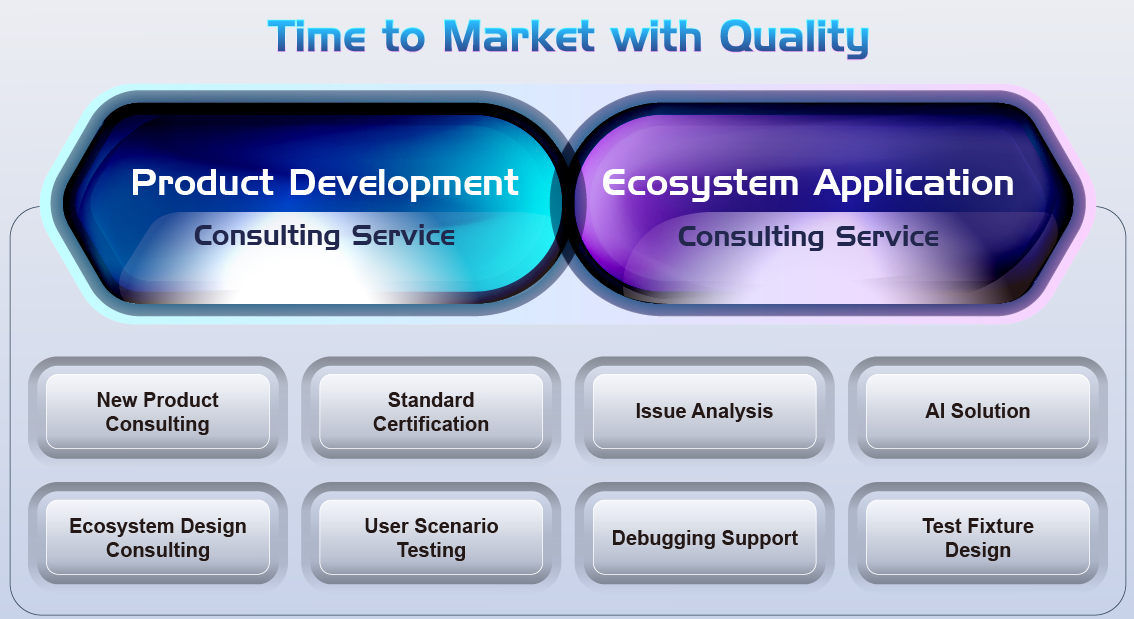
Success Stories









